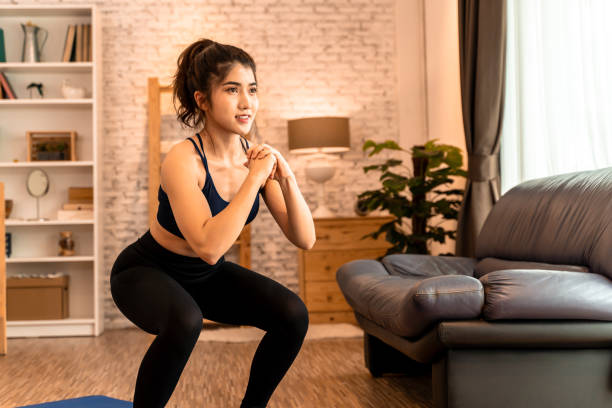Summer has begun, and for many athletes, that means it’s time for baseball. In the US, more than 15.5 million play baseball, and a lot more watch the game. It’s just fun.
Playing baseball can be a bit more complicated though, as different defensive positions are available and they require different skill sets. You’d think that playing catcher might be easier that playing an infielder or outfielder position, and from a certain point of view, you’re right. You don’t have to run fast or be agile in catching those grounders and flyballs.
Still, as a catcher you still need certain skills, aside from the mental aspects of determining what pitchers your pitchers should throw at any time. First off, you’re crouching for the whole game, and that alone can be a true pain. In fact, this is the main reason why catcher may be the most difficult position in baseball.
You still need to be agile enough to block errant pitches in the dirt, so that runners on base can’t get a free base. And then you need to be able to throw fast and accurately enough to pick off runners who stray a bit too far from a base, or those who try to steal a base.
Finally, you really should be strong as a catcher. There will eventually come a time when a runner will head home and you’ll have to block home plate. If you’re small and weak, you might just be bowled over.
With these requirements in mind, here are some strength training exercises that can help you out if you’re playing catcher:
Squats
This is perhaps the most important exercise for catchers. It basically resembles your movement patterns as a catcher, so you get used to getting in and out of your catcher’s stance. Doing squats also boost your lower body strength.
You just have to start by standing with your feet about a shoulder-width apart. Then you bend your legs until your thighs are parallel to the floor. Then push back up to your starting position, using the back of your legs.
For younger kids, this exercise doesn’t even need extra equipment. You don’t really need a barbell or a dumbbell to do your squats, as your own bodyweight will be enough. But if you’re a member of a gym like YouFit, you can use a low weight barbell or a pair of dumbbells to do lots of squat reps. Then you can progress to heavyweight squats with low reps, to really enhance your strength and endurance.
Cable Pull-Through
The Cable Pull-Through is a lower-body exercise that focuses on the muscles on the backside of your body, like your hamstrings and glutes. It also helps to reduce the stress on your spine.
This will boost your mobility, as it can then improve the range of motion of your thoracic spine, ankles, and hips. And that in turn improves your game, since you really need that mobility even as you’re deep in your squatting position.
With this exercise, you’ll need a resistance band or a cable rope attachment, which you will then pull with your legs. Start with your back to the cable and your feet a shoulder-width apart. While the cable is traveling around your legs, hold the rope attachment in front of your hips.
Bend at the waist, and sit your hips back until your torso is at a 45-degree angle. Then stand up to the starting position by explosively extending your body.
Band External Rotation
Having to throw out runners on base risks injury to your shoulder joint and connecting tissues. The set of muscles and tendons around your shoulder (your rotator cuff muscles) are smaller and weaker than the other arm muscles, they have to be strengthened to reduce the risk of injury.
You can do this with the Band External Rotation. Attach a resistance band to a fixed object. Stand to the side of that fixed object, and grab the band that’s farthest from that object. Keep your elbows bent at a 90-degree angle and close to your ribs.
Rest your forearm across your body, and then move your hand directly across your body and toward the outside of your shoulder, while your elbow remains stationary. Stop when you can go no farther, and then return to your starting position.
Do 3 sets with 10 to 15 reps.
